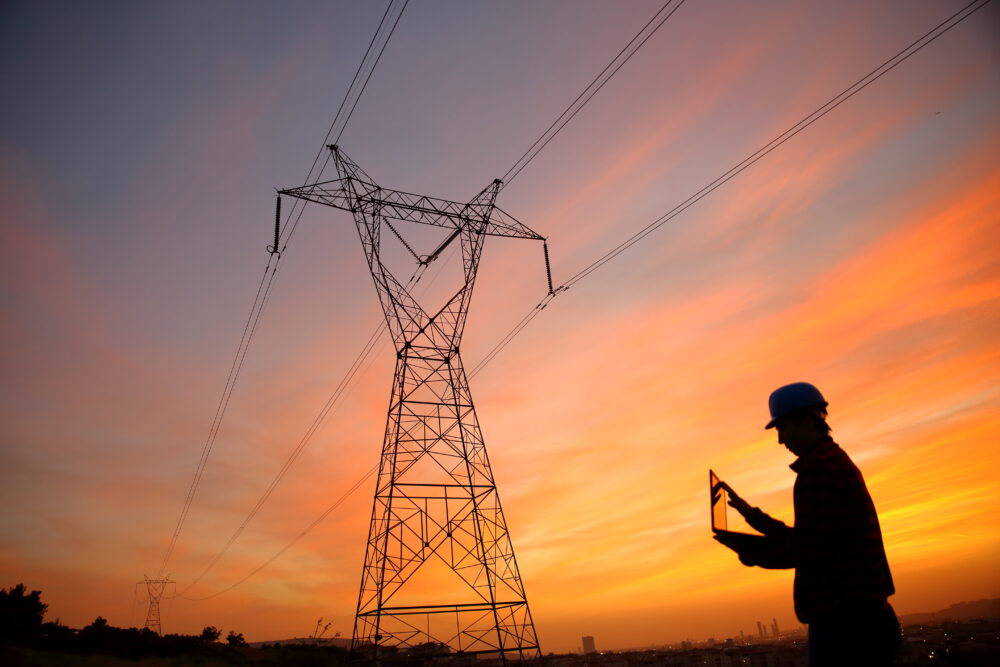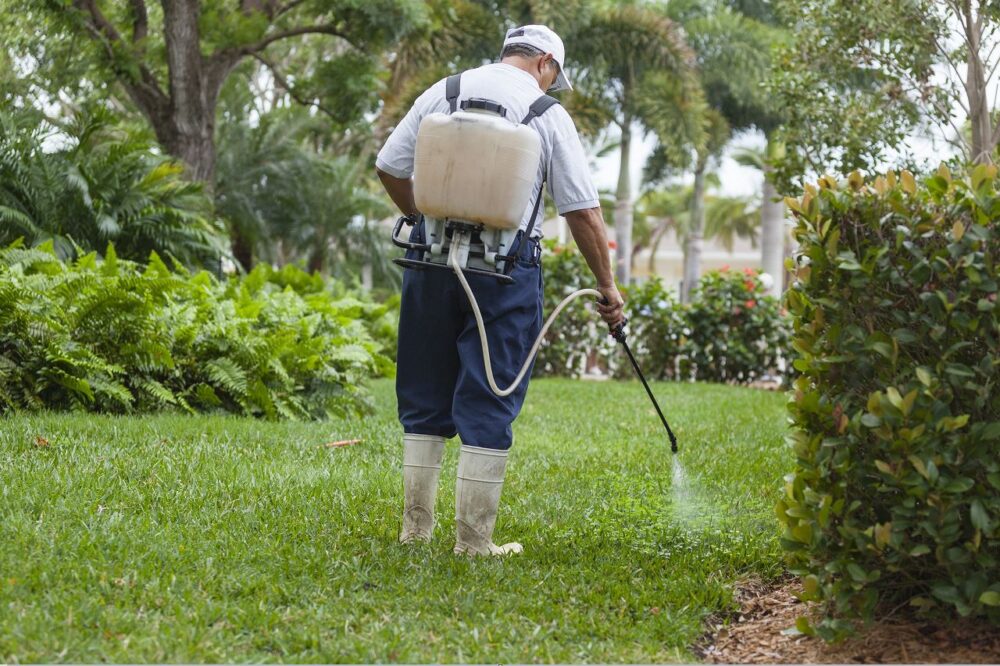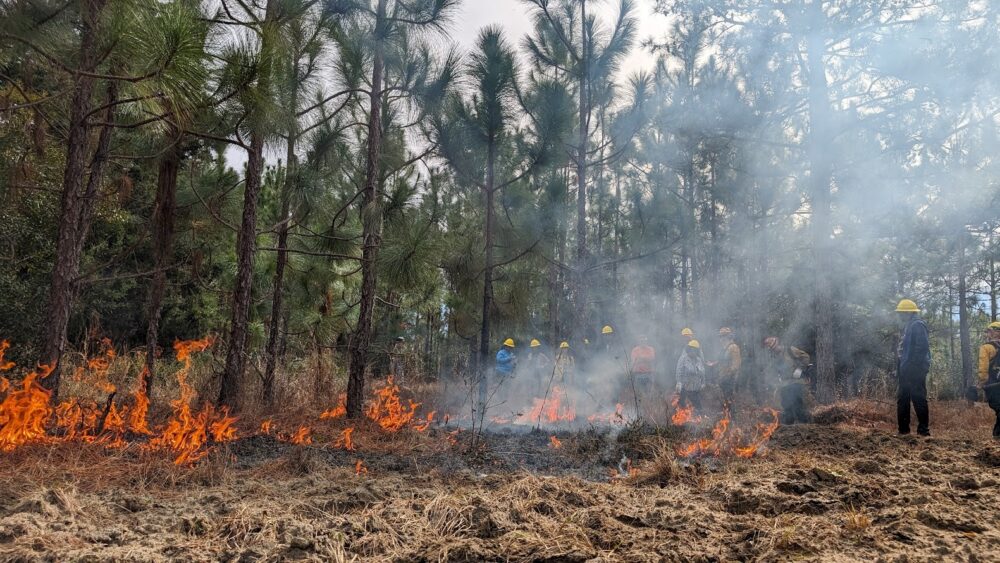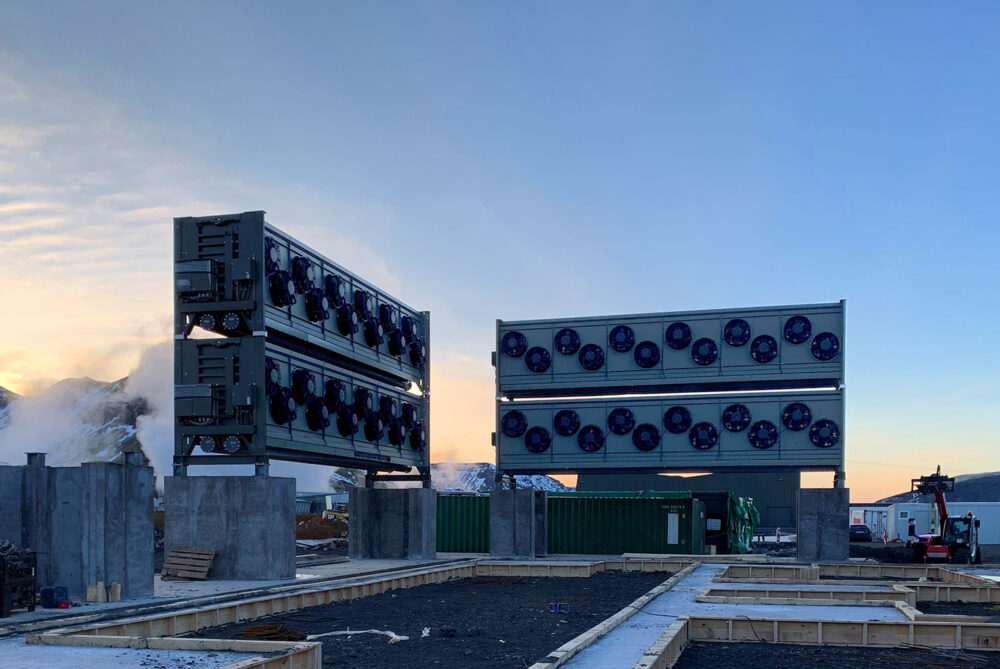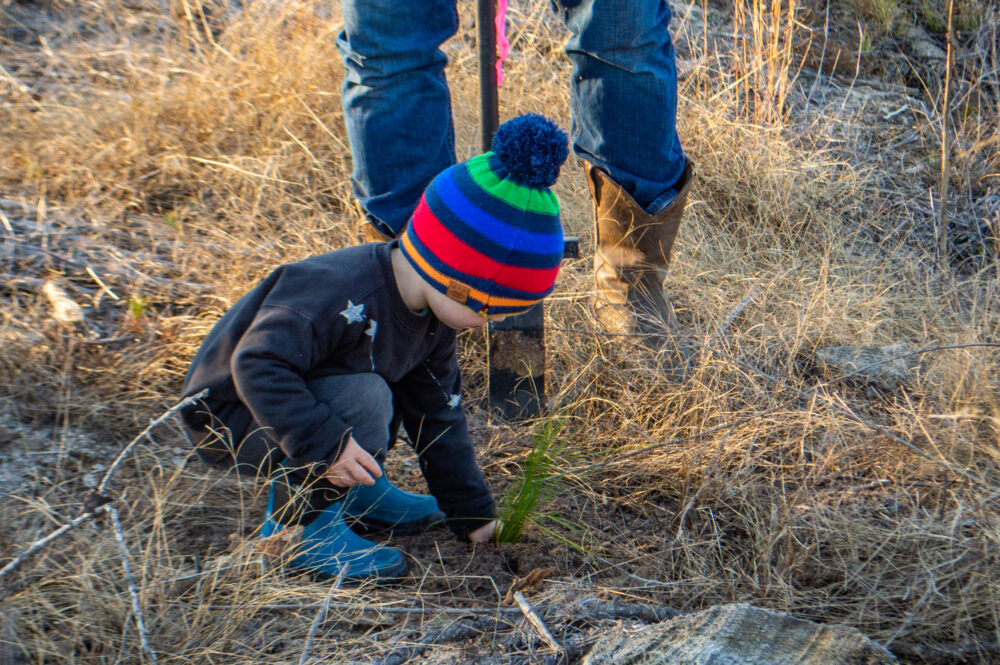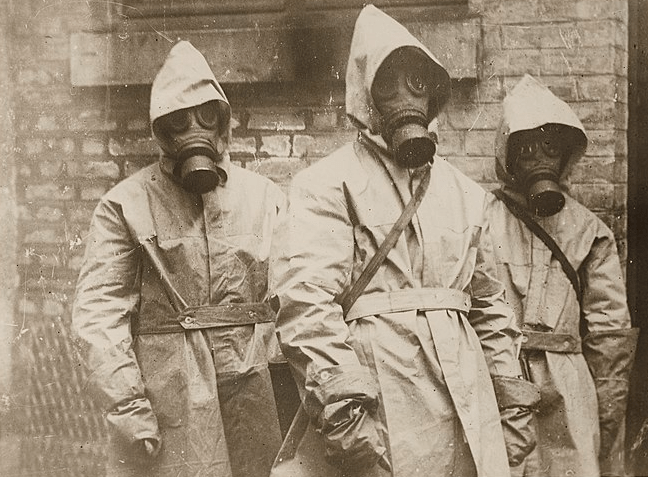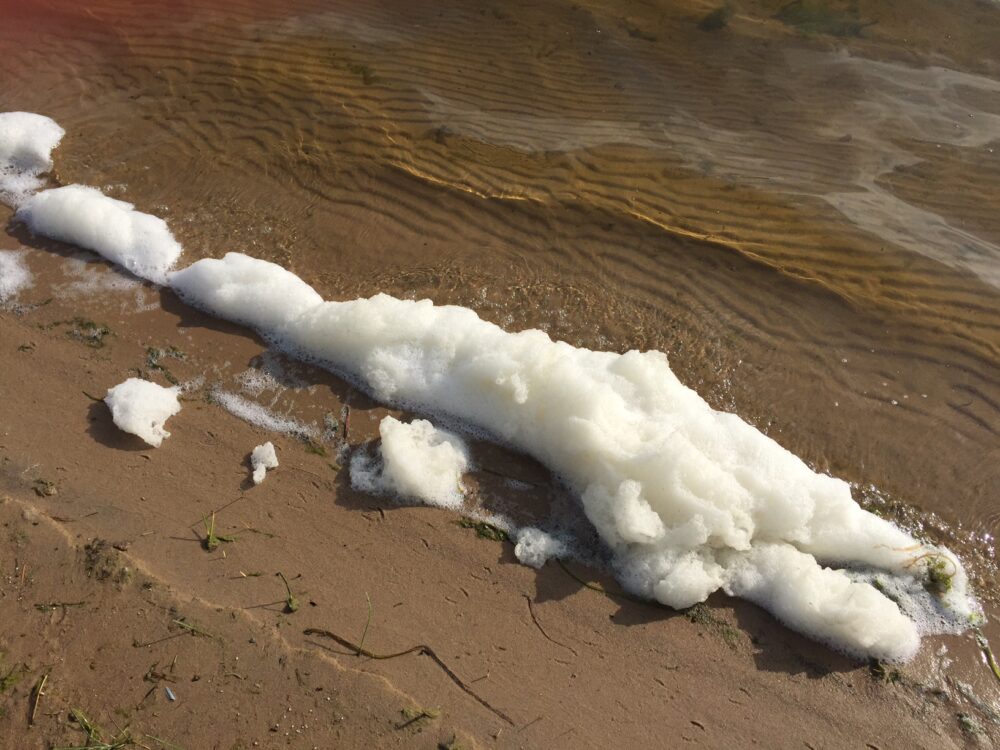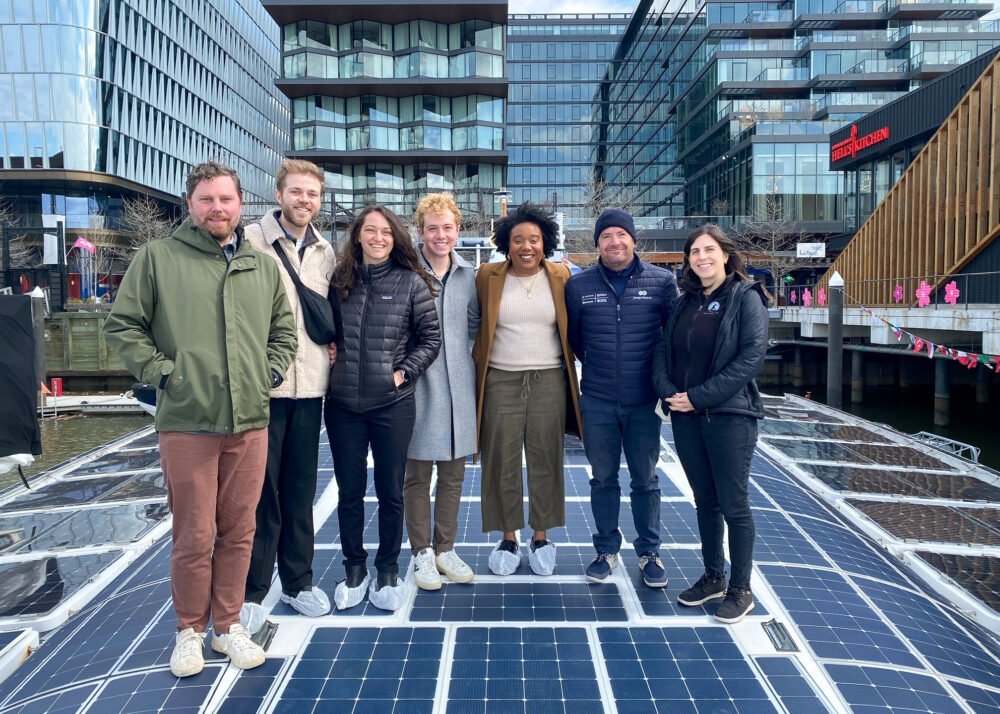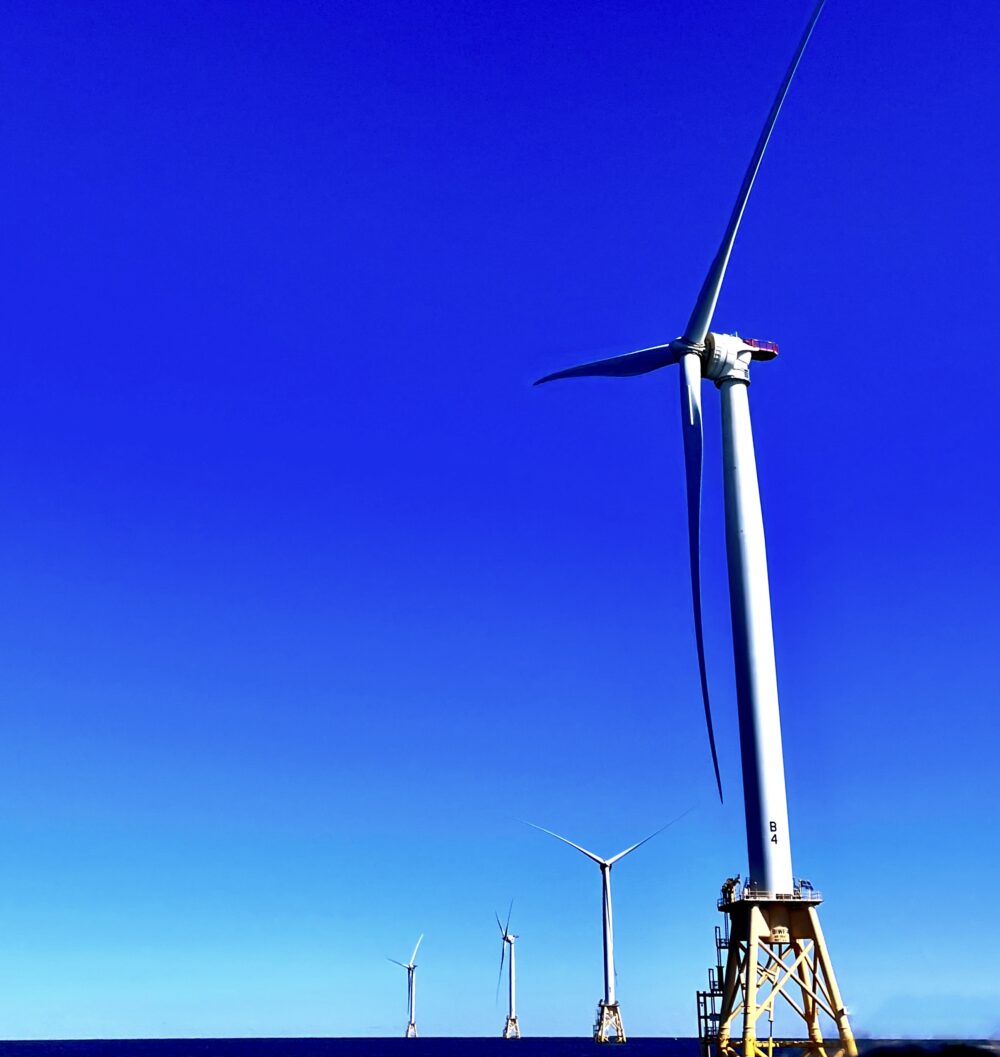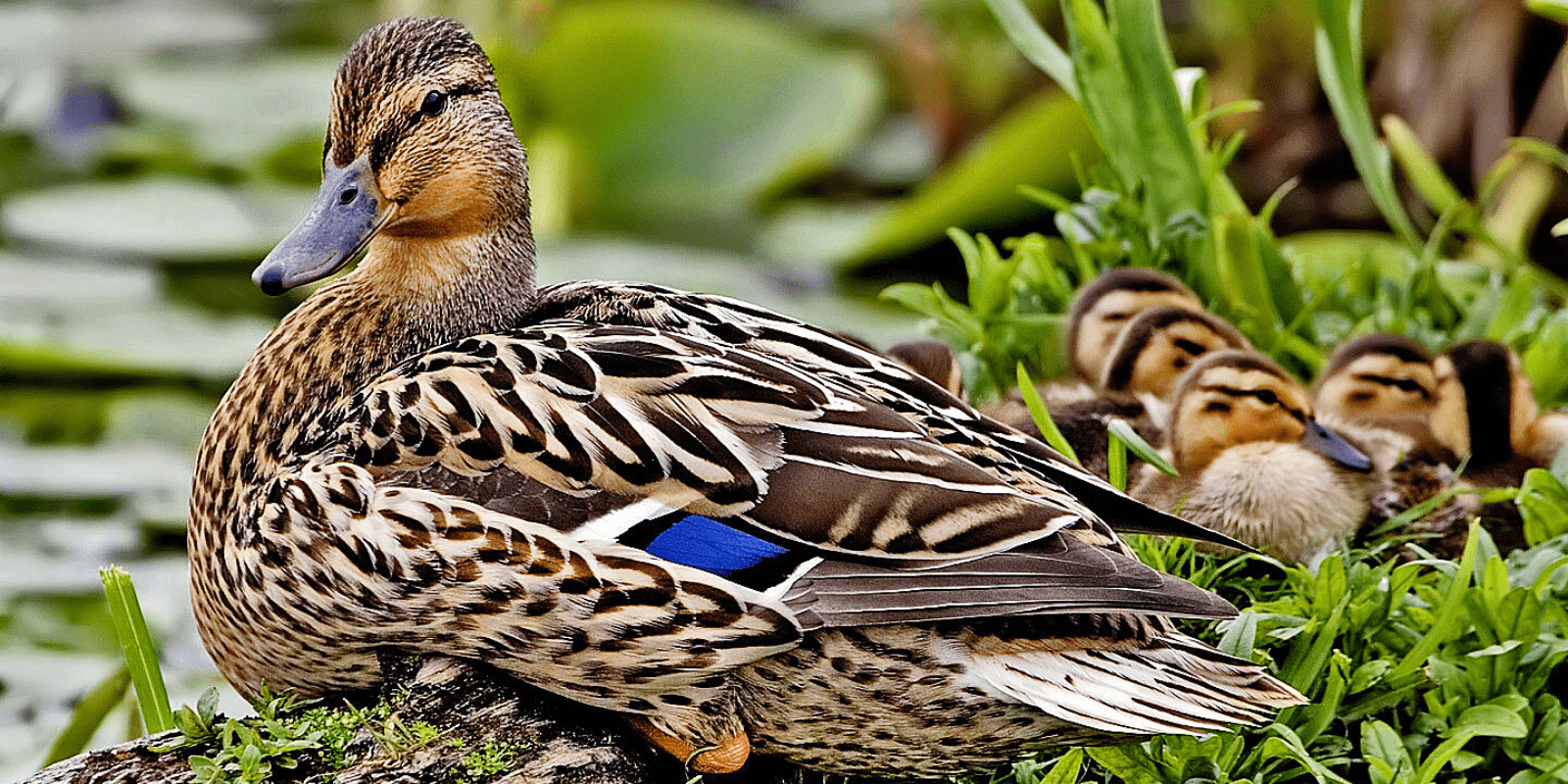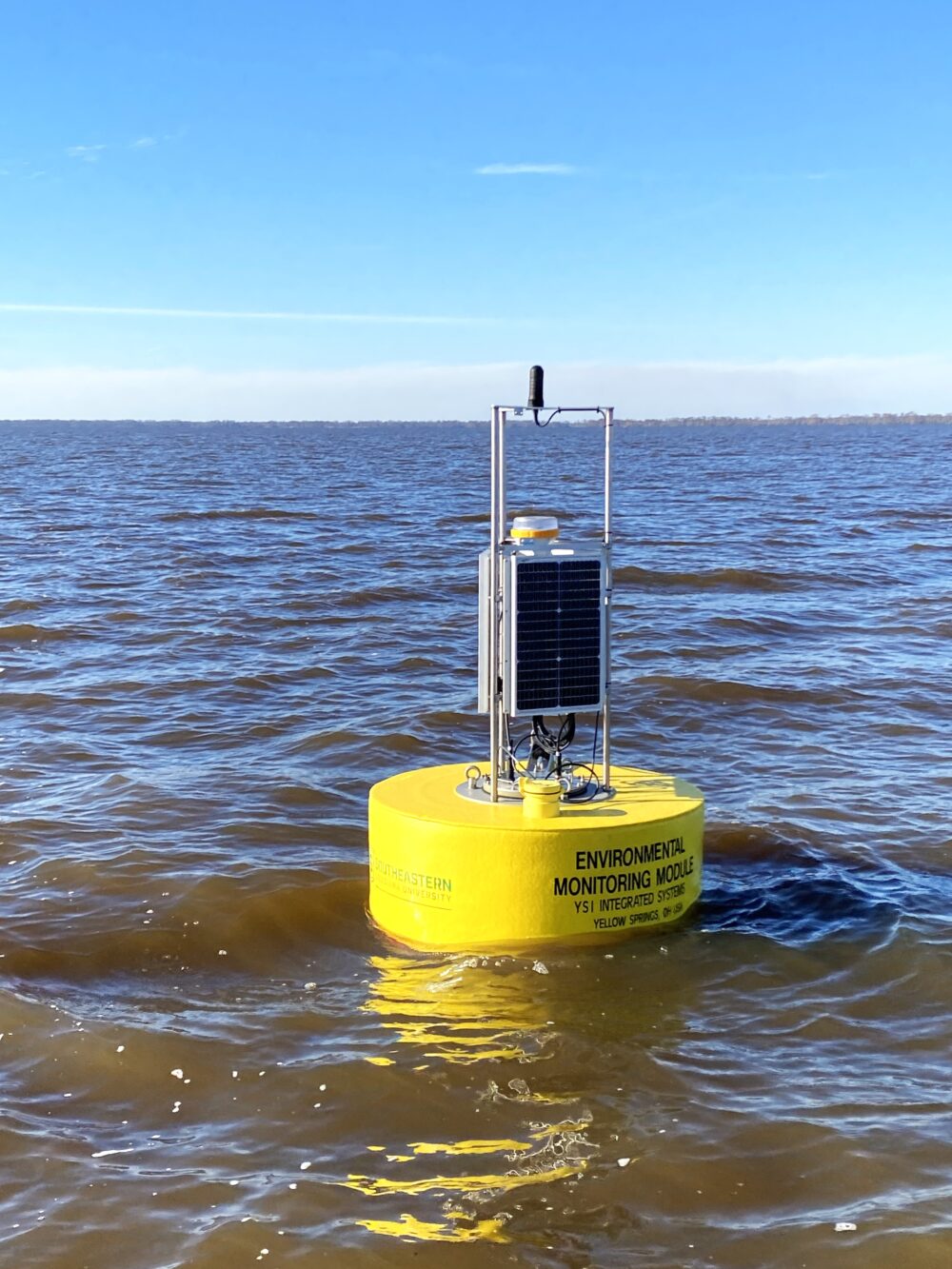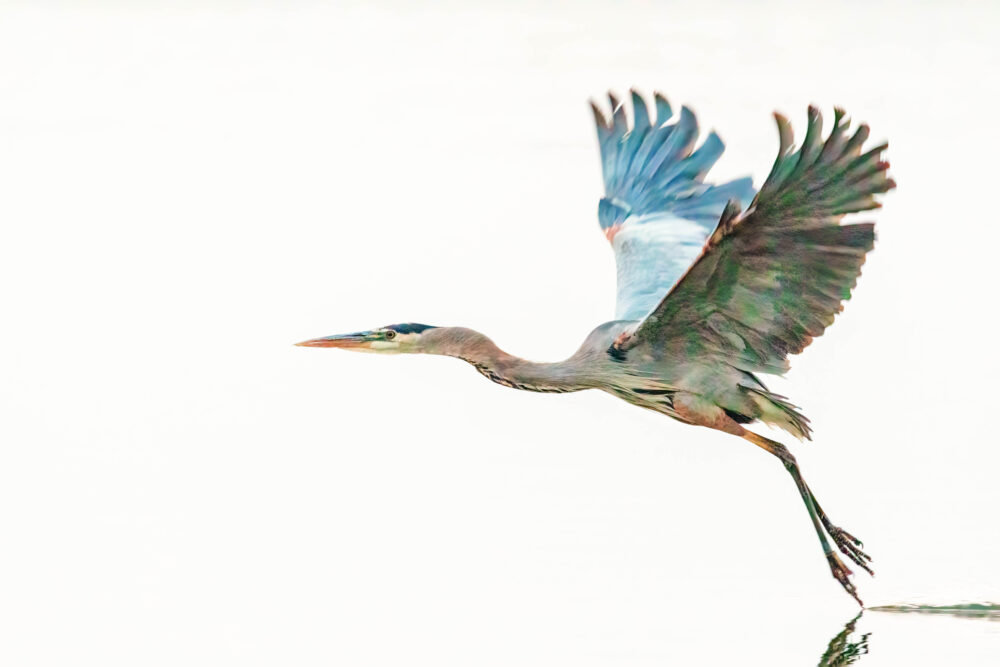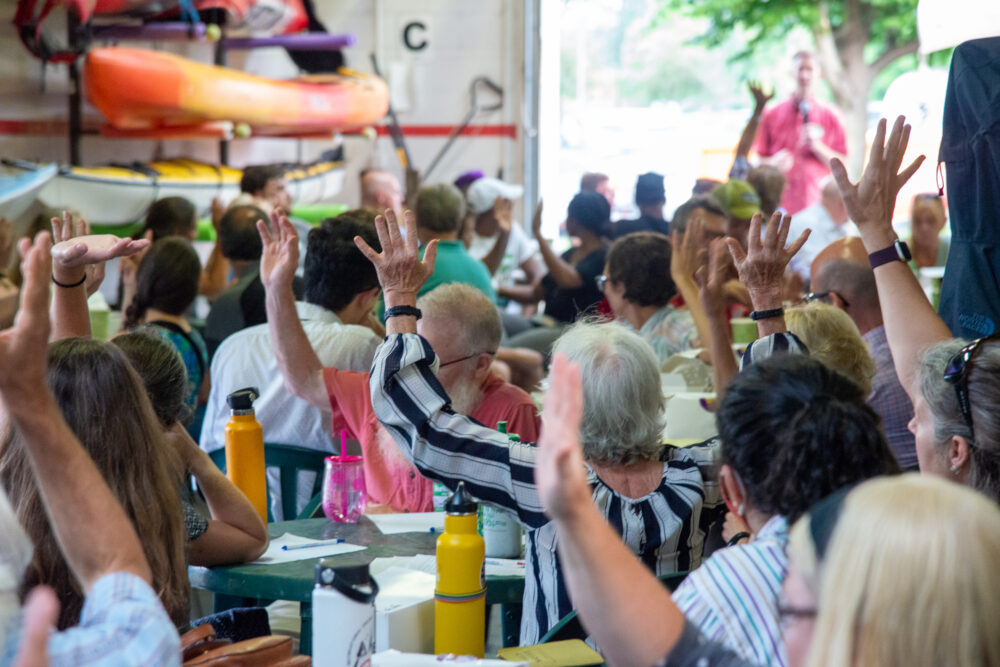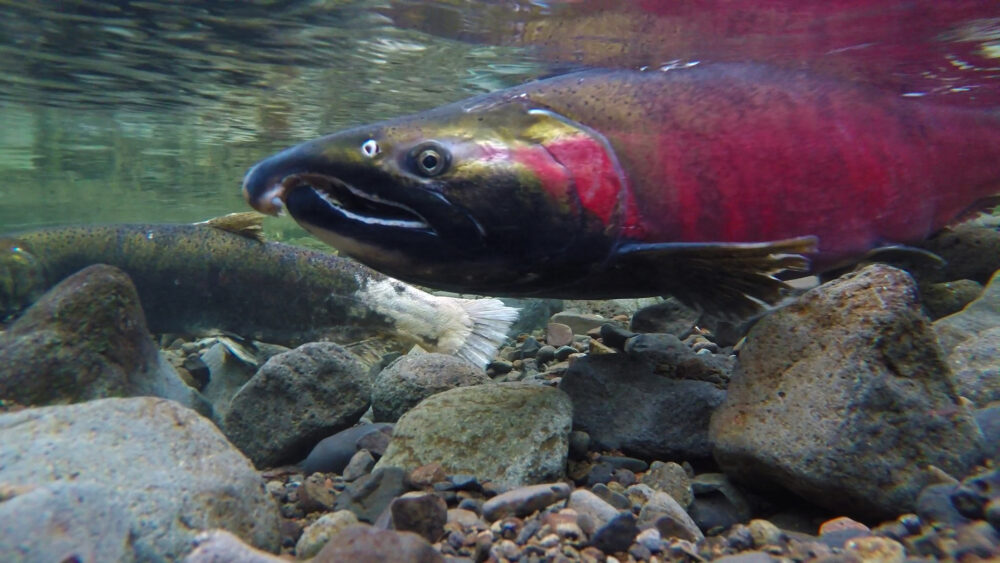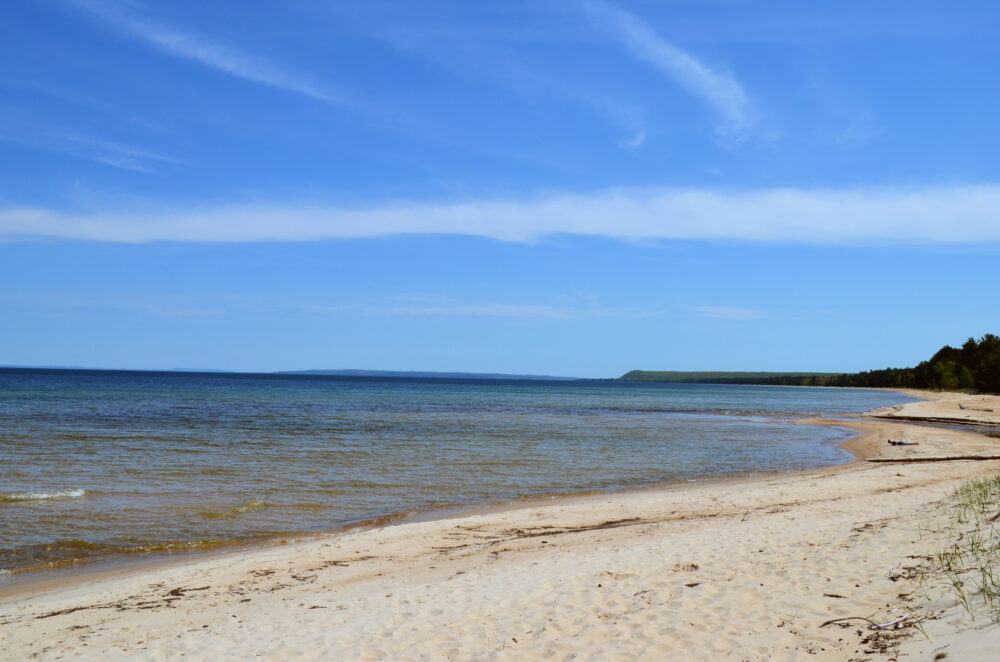We have much more to do and your continued support is needed now more than ever.
A Polar Bear Population is In Decline. Can You Guess Why?
Update Below
New photos show polar bears in a population of bears in Hudson Bay that are on the front lines of climate change, as news continues to break on their long-term worsening condition and declining population.
The polar bears were waiting for the ice to refreeze so they could hunt for seals. The photos were taken by Larry Schweiger, president and CEO of the National Wildlife Federation. He just returned from the Hudson Bay in Canada, where he and scientists observed the polar bears. His polar bear photos are available for sharing (credit the National Wildlife Federation).
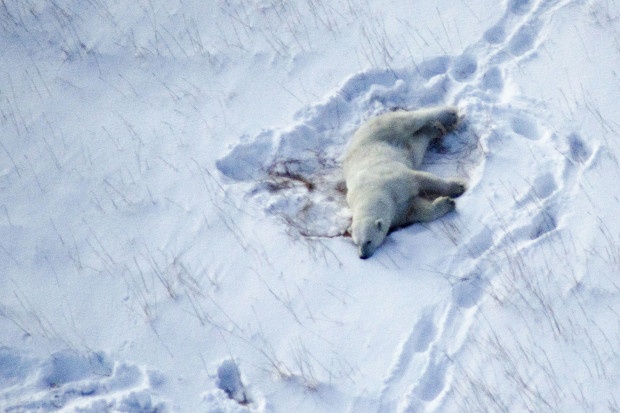
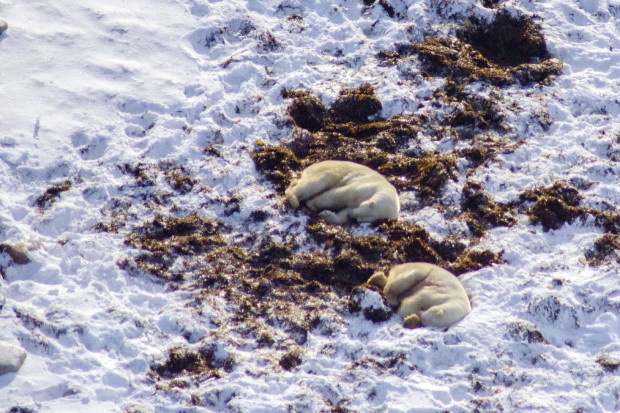
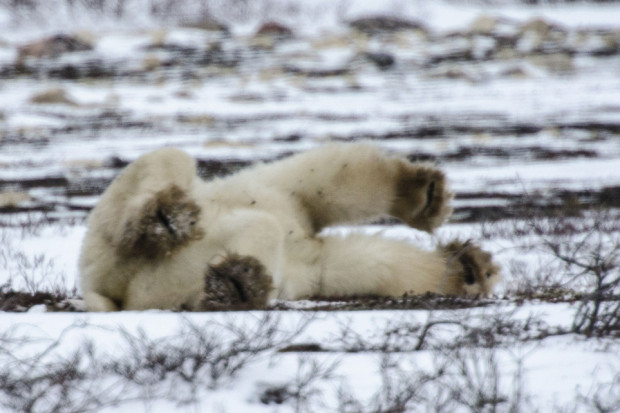
![]() Speak up for polar bears in support of strong limits to the carbon pollution that is causing climate change.
Speak up for polar bears in support of strong limits to the carbon pollution that is causing climate change.
UPDATE: While the temperatures were in the mid-thirties when the group from the National Wildlife Federation was in Churchill, Canada in November 2013, the main stress from the warming temperatures is the long-term trend of longer ice-free periods when polar bears cannot hunt for seals. The polar bears in the photos would have been waiting for the ice to refreeze so that they could once again hunt for food. The text above has been corrected to reflect that.
The polar bears photographed are a part of the western Hudson Bay population that scientists are describing as underweight and stressed from the lengthening time without food. When the NWF group visited the Northern Studies Centre research facility, the scientists there confirmed that bears are underweight by an average of about 85 pounds since the early 1980s.
Although ice conditions and bear health change from year to year, what is important is the long-term decline in this population attributed to declining survival and reproduction. The decline of polar populations in western Hudson Bay, as well as the Beaufort Sea, is a concern for many other polar bear populations if carbon emissions are not dramatically reduced.

